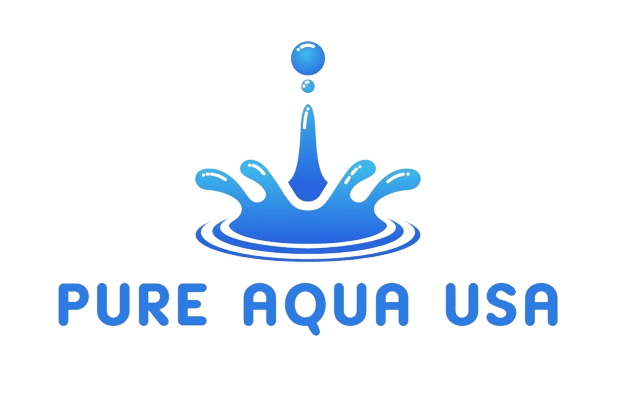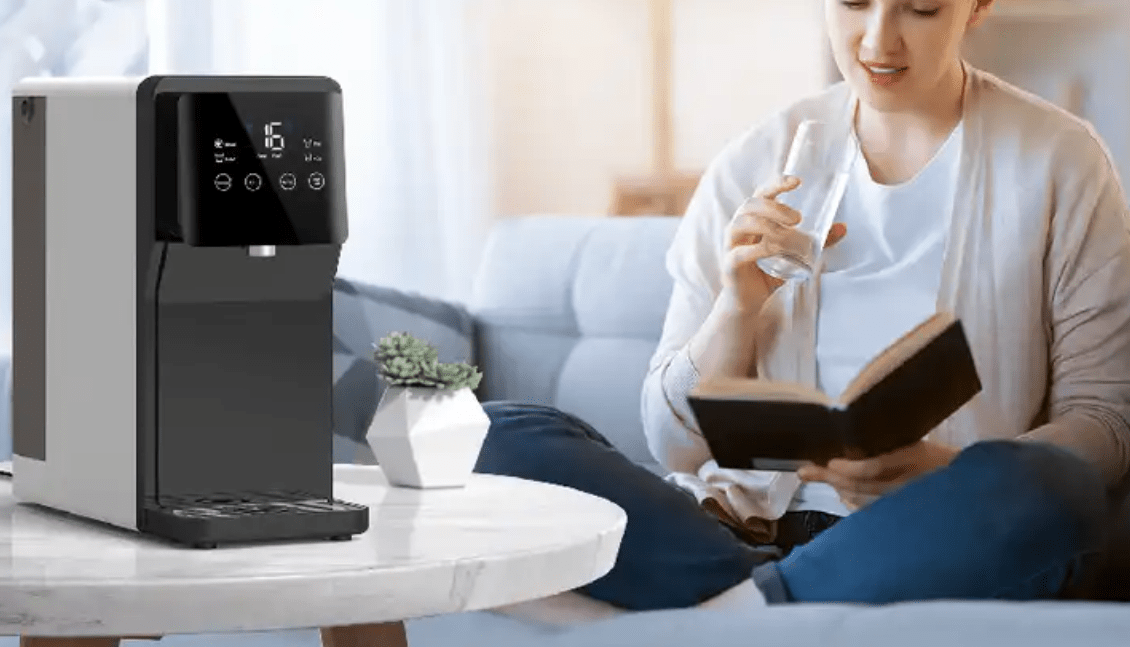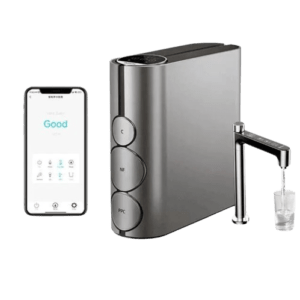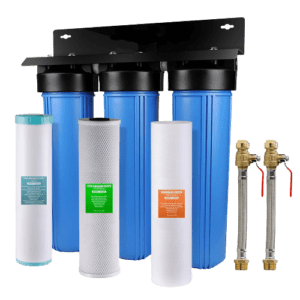Your cart is currently empty!
Countertop Water Dispensers
$394.00 – $398.00
A countertop water dispenser utilizes advanced filtration technology to provide convenient access to clean, high-quality drinking water. Its compact design, user-friendly features, and effective purification methods make it a practical addition to residential kitchens, office spaces, and other environments where space and water quality are a concern.
A countertop water dispenser is a convenient appliance that provides purified water for drinking and cooking. These units typically feature a compact design, making them suitable for placement on a kitchen countertop. A typical water purifier countertop dispenser includes the following components and features:
- Filtration System: It contains a built-in filtration system that’s designed to remove impurities and contaminants from the water, such as chlorine, sediment, bacteria, and other harmful substances. The specific type of filtration technology can vary, with options including activated carbon filters, reverse osmosis systems, or UV purification.
- Dispensing Mechanism: The dispenser allows users to access purified water easily. This can be through a built-in faucet or a push-button system. Some units may also have features like adjustable water temperature settings for cold, room temperature, and hot water.
- Water Reservoir: A water reservoir or tank holds the purified water, ready for dispensing. Some models may have a refillable water tank, while others can be connected directly to a water source for continuous filtration and dispensing.
- Installation Requirements: Most countertop water purifier dispensers require a power source for their filtration and dispensing mechanisms. Some may also need to be connected to a water source, while others are manually refilled with water.
- Maintenance: Regular maintenance is often required to ensure the filtration system continues to operate effectively. This can involve replacing filters, cleaning the system, and following any specific maintenance instructions provided by the manufacturer.
It’s important to carefully review the product specifications and maintenance requirements provided by the manufacturer when considering a water purifier countertop dispenser. This will help you select a unit that best suits your needs and installation capabilities.
- Description
- Additional information
- Specifications
- Installation
- Maintenance
- Replacement Parts
- Q&A
- Advantages and Disadvantages
- Downloads
- Drawings
- Reviews (0)
Description
for Countertop Water Dispensers are a convenient and efficient way to access clean, purified water directly from your kitchen counter. These dispensers typically incorporate advanced filtration and purification technologies. Advances such as reverse osmosis or multi-stage carbon filtration, to remove impurities and contaminants from the water. The compact design of the countertop dispenser makes it an ideal solution for homes, offices, or small businesses where space may be limited. Users can simply place the dispenser on their counter, and connect it to the water source. After that, they can enjoy the benefits of freshly purified water without the need for extensive installation.
Many countertop water dispensers also feature user-friendly controls, such as push-button or touch-sensitive interfaces. This makes it easy to dispense the desired amount of purified water with precision. Some models may even offer additional features like adjustable temperature settings for both hot and cold water, catering to a variety of hydration needs. In terms of maintenance, countertop water dispensers typically utilize easily replaceable filters and cartridges, allowing for convenient upkeep without specialized tools or technical expertise. This ensures that the water remains consistently clean and refreshing, providing peace of mind to users.
Overall, a water-purified countertop dispenser offers a convenient and efficient way to access high-quality, purified water. Uses that include drinking, cooking, and other household needs. Its compact form factor, advanced filtration technologies, and user-friendly features make it a practical choice for those seeking a reliable and accessible water purification solution. One of the key features of these dispensers is their filtration technology. Depending on the model, they may incorporate various filtration methods, including carbon block filtration, sediment filtration, and activated carbon filtration. Some advanced models also utilize reverse osmosis technology, which is highly effective in removing a wide range of impurities, including heavy metals, dissolved solids, and harmful contaminants.
Beyond filtration, many countertop dispensers offer user-friendly functionality. They may feature indicators for filter replacement, ensuring that users are promptly notified when it’s time for maintenance. Additionally, some dispensers come equipped with built-in UV sterilization or anti-microbial components to further ensure the purity and safety of the dispensed water. The convenience of having purified water readily available on the counter cannot be overstated. This is especially beneficial for individuals who prioritize healthy hydration and the elimination of bottled water usage. Counter-top dispensers provide a sustainable and eco-friendly alternative to single-use plastic bottles, reducing waste and environmental impact.
Furthermore, the versatility of countertop dispensers extends to their adaptability in various settings. Whether placed in a residential kitchen, a small office, or a communal space, these dispensers can accommodate different usage scenarios. All this while consistently delivering clean, refreshing water. In terms of design, these dispensers often feature sleek and modern aesthetics that seamlessly blend with kitchen or office decor. Some models also offer options for customizing water temperature, making them suitable for many uses. Use like preparing hot beverages or enjoying a refreshing cold drink.
Ultimately, a water-purified countertop dispenser serves as a reliable and accessible source of purified water. They offer convenience, advanced filtration technology, and environmental sustainability in a compact and user-friendly package.
Other Areas of Interest
Additional information
| Weight | N/A |
|---|---|
| Dimensions | N/A |
| Color | White, Gray, Green, Blue, Olive |
Specifications
Installation
The installation of a countertop water dispenser typically involves a few steps. Here’s a general overview:
- Unpack the dispenser and read the manufacturer’s installation instructions carefully.
- Place the dispenser on a sturdy and level surface near a power outlet and water source, such as a sink.
- Assemble any components that may require it, following the provided instructions.
- Connect the dispenser to the water source, usually by attaching a hose to the faucet or the water line under the sink.
- Plug in the dispenser to a power outlet and ensure that it’s functioning properly.
- Test the dispenser by dispensing some water and checking for any leaks or issues.
It’s important to note that specific installation instructions may vary depending on the model and manufacturer of the countertop water dispenser. Always refer to the included manual for precise installation details. If you have any specific questions or concerns during the installation process, feel free to ask!
In a typical scenario, a countertop water dispenser that requires installation will include the following components and steps:
Components:
- Countertop water dispenser unit
- Water intake hose or connection piece
- Power cord
- Instruction manual
Installation Steps:
- Positioning: Choose a suitable location on your countertop near a power outlet and a water source. Ensure that the surface is level and can support the weight of the dispenser and a water jug if applicable.
- Assembly: If the dispenser requires any assembly, follow the provided instructions to put the unit together.
- Water Connection: Establish a connection to your water source. This might involve attaching a hose to your faucet using an adapter or connecting to an existing water line under your sink. Each dispenser might have specific requirements for this step, so refer to the manual for detailed instructions.
- Power Connection: Plug the dispenser into a nearby power outlet. Be mindful of the cord’s length and position to prevent any tripping hazards or damage to the cord.
- Testing: Once the connections are in place, test the dispenser by dispensing water and checking for any leaks or issues. It’s essential to ensure that the dispenser is functioning properly and that there are no water leaks around the connections.
Always consult the specific manual provided with your countertop water dispenser for precise installation steps. If you encounter any difficulties during installation, don’t hesitate to ask for assistance, either from the manufacturer’s customer service or a professional installer.
Maintenance
Replacement Parts
Q&A
Q: What is a countertop water purification system?
A: A countertop water purification system is a device designed to filter and purify drinking water directly from the tap, removing impurities and contaminants to provide clean and safe drinking water.
Q: How does a countertop water purification system work?
A: Countertop water purification systems typically use a combination of filtration methods such as activated carbon, reverse osmosis, or UV sterilization to remove particles, chemicals, and microorganisms from the water, improving its taste and quality.
Q: What are the benefits of using a countertop water purification system?
A: Using a countertop water purification system can improve the taste, odor, and overall quality of tap water by removing chlorine, sediment, heavy metals, and other contaminants. It can also reduce the need for single-use plastic water bottles, making it an environmentally friendly choice.
Q: Are countertop water purification systems easy to install and maintain?
A: Most countertop water purification systems are designed to be easily installed and maintained by the user, requiring minimal tools and know-how. Maintenance typically involves regular filter replacements and occasional cleaning, which are straightforward tasks.
Q: What factors should I consider when choosing a countertop water purification system?
A: When choosing a countertop water purification system, consider factors such as the size of the unit, the types of contaminants it can effectively remove, the filtration method used, the flow rate, and the cost and availability of replacement filters.
Q: Are countertop water purification systems cost-effective?
A: While countertop water purification systems may have an initial upfront cost, they can be cost-effective in the long run by providing a more sustainable and economical alternative to purchasing bottled water. Additionally, they contribute to reducing plastic waste.
Q: Can a countertop water purification system remove all contaminants from water?
A: While countertop water purification systems can effectively remove many common contaminants found in tap water, it’s important to choose a system that is specifically designed to address the particular contaminants present in your local water supply.
Q: Are countertop water purification systems suitable for all types of tap water?
A: Countertop water purification systems can be effective in improving the quality of most tap water sources, but it’s important to consider the specific impurities and contaminants in your water when choosing a system to ensure it can adequately address them.
Advantages and Disadvantages
Advantages of Countertop Water Purification Systems:
- Convenience: These systems are compact and can be easily placed on the countertop, providing immediate access to purified water without the need for extensive installation.
- Cost Savings: Using a countertop water purification system can save money over time compared to purchasing bottled water, contributing to long-term cost savings.
- Environmentally Friendly: By reducing the consumption of single-use plastic water bottles, countertop water purification systems contribute to environmental sustainability.
- Improved Water Quality: These systems effectively remove impurities and contaminants, improving the taste and safety of drinking water.
Disadvantages of Countertop Water Purification Systems:
- Limited Capacity: Countertop systems may have a smaller filtration capacity compared to under-sink or whole-house systems, requiring more frequent refills and filter replacements.
- Aesthetic Considerations: Some users may find countertop systems to be less aesthetically pleasing in kitchen spaces compared to integrated or concealed filtration options.
- Filter Replacement: Regular maintenance and filter replacement are necessary for maintaining the effectiveness of the system, which can add to long-term costs and require ongoing attention.
- Water Pressure: Depending on the specific system, countertop water purification systems may affect water pressure or flow rate, potentially causing inconvenience for some users.
Downloads
Drawings
Only logged in customers who have purchased this product may leave a review.

















Reviews
There are no reviews yet.